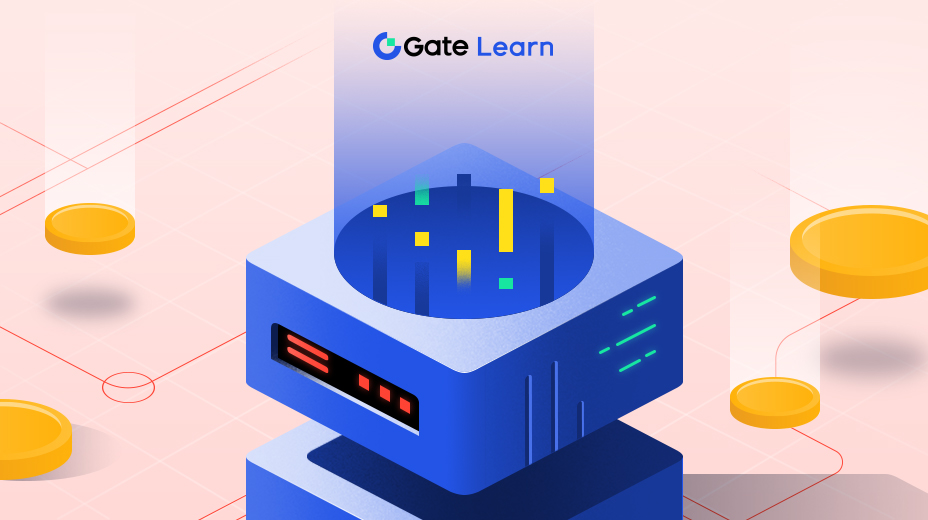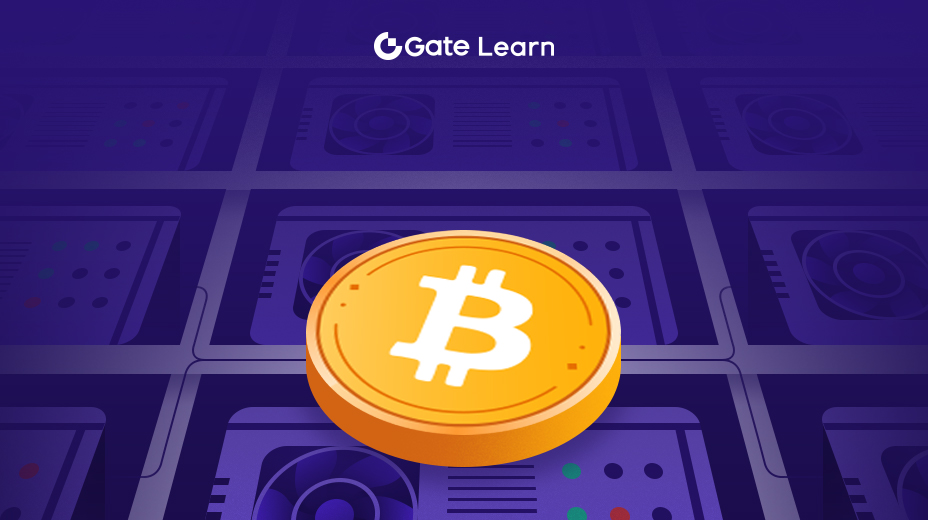[ GameFi ] Giới Thiệu Phân Tích Dữ Liệu GameFi
GameFi là sự giao điểm giữa game và công nghệ blockchain trong web3. Phân tích GameFi có thể cung cấp thông tin cảnh báo quý giá và các khuyến nghị dựa trên dữ liệu cho các công ty, người chơi, nhà đầu tư và nhà nghiên cứu.
GameFi là thuật ngữ được sử dụng để mô tả sự giao thoa giữa trò chơi và công nghệ blockchain trong ngữ cảnh của web3. Trong web3, công nghệ blockchain được sử dụng để cho phép các hình thức mới của ứng dụng phi tập trung và dịch vụ mà cho phép người dùng tương tác với nhau một cách không cần sự tin tưởng mà không cần sự cần thiết của cơ quan trung ương.
Phân tích GameFi có thể hữu ích cho nhiều nhóm khác nhau, bao gồm các công ty, người chơi, nhà đầu tư và game thủ.
Một GameFicông tycó thể quan tâm đến phân tích GameFi vì nhiều lý do khác nhau:
- Cải thiện việc ra quyết định: Phân tích GameFi có thể cung cấp thông tin chi tiết có giá trị và các đề xuất dựa trên dữ liệu có thể giúp một công ty GameFi đưa ra quyết định chiến lược và sáng suốt hơn. Điều này có thể bao gồm dữ liệu về hành vi của người chơi, hiệu suất trò chơi và xu hướng thị trường, có thể giúp công ty tối ưu hóa chiến lược thiết kế, tiếp thị và kiếm tiền từ trò chơi.
- Trải nghiệm người chơi được cải thiện: GameFi analytics có thể cung cấp thông tin về hành vi và sở thích của người chơi, giúp cho một công ty GameFi tạo ra trải nghiệm game hấp dẫn và cá nhân hóa hơn. Điều này có thể bao gồm dữ liệu về tương tác, thách thức và thành tựu của người chơi, có thể được sử dụng để thiết kế và triển khai các tính năng game phù hợp và đáng giá hơn đối với người chơi.
- Tăng doanh thu và lợi nhuận: Phân tích GameFi có thể giúp một công ty GameFi tối ưu hóa các chiến lược thu nhập và tối đa hóa doanh thu và lợi nhuận. Điều này có thể bao gồm dữ liệu về thói quen chi tiêu của người chơi, mua sắm trong game và hiệu suất quảng cáo, có thể được sử dụng để xác định cơ hội tăng doanh thu và cải thiện hiệu suất tài chính tổng thể của công ty.
Tổng quan, phân tích GameFi có thể cung cấp cho một công ty GameFi những thông tin quý báu và các khuyến nghị dựa trên dữ liệu có thể giúp cải thiện quyết định, nâng cao trải nghiệm người chơi, và tăng doanh thu và lợi nhuận.
Người chơicó thể hưởng lợi từ việc phân tích bằng cách đi sâu vào cơ chế và chiến lược game, người chơi có thể hiểu rõ hơn về cách hoạt động của trò chơi và cách chơi một cách hiệu quả. Điều này có thể giúp họ cải thiện cách chơi và tăng cơ hội chiến thắng. Ngoài ra, người chơi có thể sử dụng phân tích để theo dõi hiệu suất và tiến triển cá nhân của mình, và nhận biết những lĩnh vực mà họ cần cải thiện hoặc điều chỉnh cách tiếp cận của mình.
Nhà đầu tưcó thể sử dụng phân tích để đánh giá khả năng sinh lợi và bền vững của các giao protốt game khác nhau. Điều này có thể giúp họ xác định xem protốt nào có khả năng tạo ra lợi nhuận lớn nhất, và protốt nào có thể có rủi ro hoặc không chắc chắn hơn. Nhà đầu tư cũng có thể sử dụng phân tích để theo dõi hiệu suất của các khoản đầu tư của họ theo thời gian, và để đưa ra quyết định về việc mua hoặc bán tài sản của họ.
Nhà nghiên cứucó thể sử dụng phân tích để nghiên cứu hành vi và động lực của hệ sinh thái GameFi, và nhận diện các xu hướng và mẫu mực có thể liên quan đến phát triển tương lai. Điều này có thể bao gồm phân tích dữ liệu về hành vi của người chơi, cơ chế trò chơi và xu hướng thị trường, cũng như tiến hành thử nghiệm và mô phỏng để kiểm tra giả thuyết và dự đoán.
Nhà phát triển và thiết kế trò chơicó thể sử dụng phân tích để cải thiện thiết kế và chức năng của trò chơi, và tối ưu hóa trải nghiệm chơi game cho người dùng. Điều này có thể bao gồm phân tích dữ liệu về hành vi và sở thích của người chơi, cũng như tiến hành kiểm tra người dùng và khảo sát phản hồi để xác định các lĩnh vực cần cải thiện. Các nhà phát triển và nhà thiết kế cũng có thể sử dụng phân tích để xác định xu hướng và sáng tạo mới trong hệ sinh thái GameFi, và tích hợp chúng vào trò chơi của họ.

Người dùng GameFi
Trong khi người dùng mới phản ánh khả năng thu hút khách hàng và sức sống của dự án, các thước đo người dùng mới là cảnh báo cho vòng đời của một dự án GameFi. Hiện tại, hầu hết các dự án GameFi đều đang trong một chuỗi suy thoái sau một thời gian hoạt động. Khi người chơi mới tham gia trò chơi với tốc độ thấp hơn, người chơi cũ có khoảng thời gian hoàn vốn lâu hơn, và hệ sinh thái sụp đổ, chuỗi suy thoái của dự án bắt đầu.
Trong Người dùng hàng ngày, chúng ta có thể quan sát xu hướng tăng của người dùng mới. Ngoài giá trị tuyệt đối, chúng ta cũng có thể sử dụng chỉ số % Người dùng mới để đánh giá tốt hơn tốc độ tăng trưởng của người dùng mới.

Người dùng hàng ngày của Starsharks
**StarSharks là một trò chơi dựa trên thẻ phổ biến trên BNB. Bảng điều khiển này cho thấy khi nào và làm thế nào trò chơi nhanh chóng thu hút người dùng và số lượng người chơi tiếp tục chơi sau khi trò chơi suy thoái.
Xếp hạng Người chơi Hằng ngàyso sánh tốc độ tăng trưởng người dùng của nhiều nền tảng: nói chung, tỷ lệ tăng trưởng người dùng mới cao phản ánh khả năng thu hút người dùng mới của dự án và sức sống của nó tại một giai đoạn nhất định.

Bảng xếp hạng người chơi hàng ngày
Có nhiều cách để đo lường hoạt động của người chơi trong một trò chơi, bao gồm người dùng mới, người dùng hoạt động và tổng số người dùng. Biểu đồ này theo dõi tất cả những điều này và cho thấy sự thay đổi theo thời gian thực. Ví dụ, trở nên rõ ràng rằng trò chơi có số lượng người dùng cao nhất không nhất thiết là bền vững nhất.
Tỷ lệ giữ chân người dùng
Đối với các trò chơi truyền thống, chúng tôi chú ý đến DAU, sự inflow của người dùng mới, vì đó là chỉ số cơ bản của hoạt động dự án và phản ánh sự sống còn của dự án. Trong ngành công nghiệp GameFi, quy mô của dự án có thể được đánh giá bằng số lượng người dùng, đó là chỉ số cơ bản của dự án game.
Ví dụ, chúng ta có thể quan sát rằng một số chuỗi, như WAX, Hive, v.v., có một lượng người chơi game lớn từ cây phân phối người dùng của các chuỗi trong hình dưới đây, thể hiện số người dùng từ các chuỗi và dự án công cộng khác nhau. Mặc dù không phải là các chuỗi hàng đầu theo TVL, họ vượt qua Ethereum và BSC để trở thành các chuỗi có số người dùng nhiều nhất.

Số lượng người dùng GameFi
Biểu đồ bản đồ cây là một trong những cách dễ nhất để nhanh chóng nhìn thấy trò chơi nào phổ biến nhất trên một chuỗi cụ thể và xem xem lưu lượng của một chuỗi, và tổng lưu lượng GameFi, đến từ đâu. Ví dụ, chúng ta thấy rằng Alien Worlds là tựa game lớn nhất của WAX, nhưng Farmers World cũng quan trọng.
Tỷ lệ giữ chân người dùng là một chỉ số quan trọng khi phân tích người dùng. Nó cho thấy phần trăm người dùng được giữ lại trên một giao thức. Đơn giản, nó cho thấy có bao nhiêu người dùng được giữ lại bởi dự án tại một giai đoạn nhất định, điều này có thể phản ánh liệu dự án có giá trị đối với người dùng và có bao nhiêu người dùng sẵn lòng trở thành người dùng tích cực của dự án sau khi trải qua trò chơi.

Phân tích tỷ lệ giữ chân hàng tháng của Starsharks
Phân tích giao dịch người dùng
Giao dịch trên mỗi Người dùng. Số giao dịch trên mỗi người dùng (tổng số giao dịch/số lượng người dùng) là số lượng giao dịch trung bình trên mỗi người dùng, phản ánh sự tương tác của người dùng, cũng như tính chất của sản phẩm và thiết kế tokenomics.
Âm lượng cho mỗi người dùng theo chuỗi
Dữ liệu từ Volume per User Trended by Chain cho thấy giá trị giao dịch trên mỗi người dùng đã giảm đáng kể kể từ năm 2022. Nhiều dự án gặp phải vòng xoáy suy thoái và mức đầu tư giảm với chu kỳ hoàn vốn rút ngắn có lẽ là điểm chính cần xem xét đối với hầu hết người dùng.

Xu hướng Khối lượng Theo Người Dùng theo Chuỗi
**Tổng khối lượng giao dịch trên mỗi người dùng đã giảm, nhưng như đã thấy từ biểu đồ, chỉ số này rất không đều và dễ bị dao động. Khi nói đến lợi nhuận, GameFi thực sự biến động lớn.
Số giao dịch trên mỗi người dùng. Số giao dịch trên mỗi người dùng là số giao dịch trung bình trên mỗi người dùng. Nếu chỉ xem xét số lượng giao dịch, khó nhìn thấy nó có phải do số lượng người dùng giao dịch lớn hay không. Việc tính giá trị trên mỗi người dùng mang lại một đánh giá khách quan hơn về hiệu suất/hành vi.
Số giao dịch trên mỗi người dùng theo chuỗi
Xu hướng theo dõi bởi Chain cho thấy số giao dịch trên mỗi người dùng trên các chuỗi. Khi GameFi yêu cầu nhiều năng lực hơn trên mạng lưới so với trò chơi truyền thống, các giao thức hỗ trợ những dự án này yêu cầu phí gas rẻ hơn và giao dịch nhanh chóng. Do đó, nhiều chuỗi đang triển khai chuỗi dành riêng cho ứng dụng trò chơi và cải thiện hiệu suất để thúc đẩy việc sử dụng dự án và giao dịch của người dùng. Do đó, nếu số giao dịch trên mỗi người dùng lớn hơn, điều đó có nghĩa là chuỗi đó phổ biến hơn trong số người dùng, và nó cũng phản ánh rằng chuỗi đó có hiệu suất giao dịch cao và chi phí gas thấp, điều này hiệu quả hơn.

Trend của Số Giao Dịch Theo Người Dùng Theo Chuỗi





